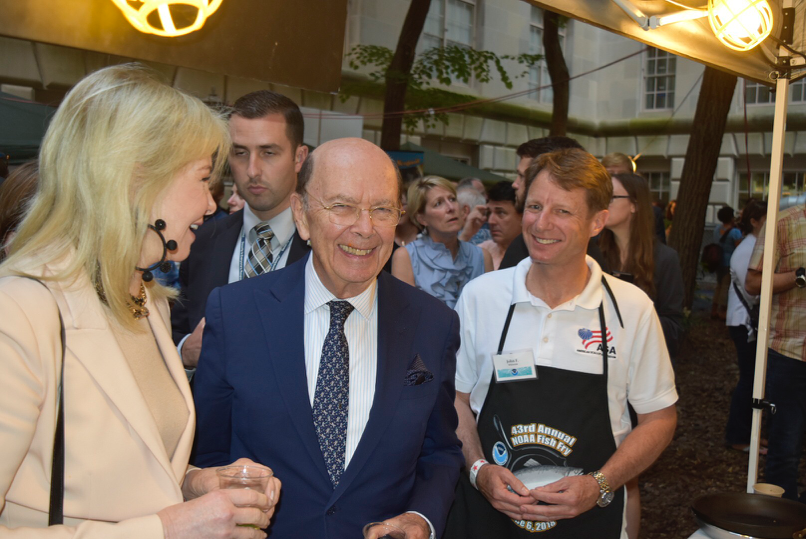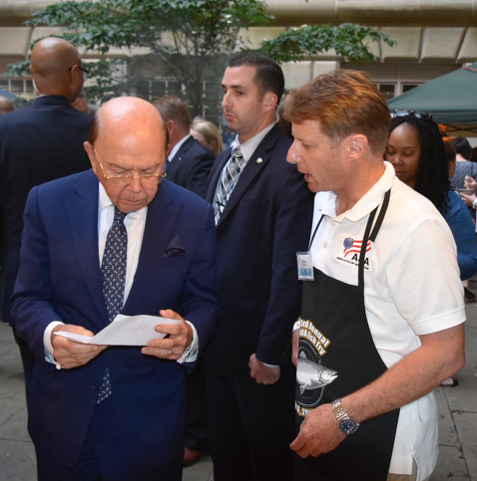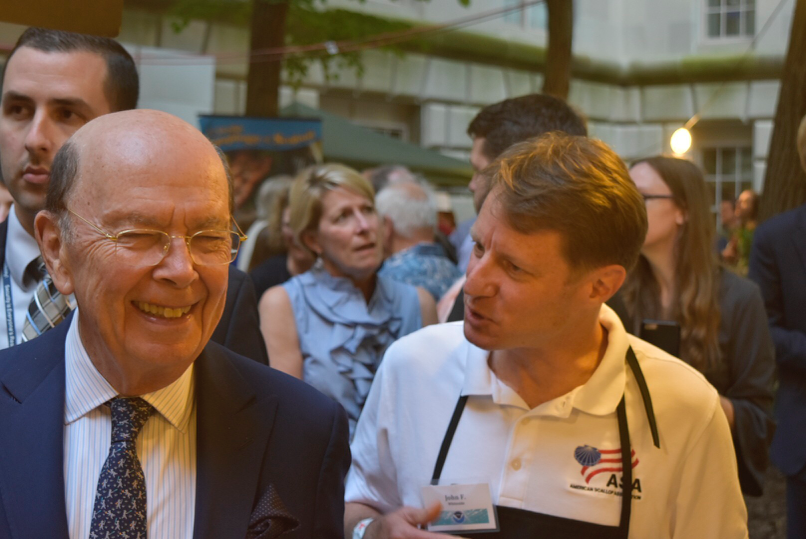July 7, 2021 — The following was released by the South Atlantic Fishery Management Council:
SAFMC Seminar Series
Release Mortality Estimation of South Atlantic Reef Fishes
Tuesday, July 13, 2021
1 p.m. – 2:30 p.m. via webinar
Release mortality, or the number of fish that die when released by anglers, is one of the most pervasive threats to fisheries sustainability, according to Dr. Brendan Runde with NC State University. For many reef fishes in the southeast, discards now exceed harvests as a result of increasingly strict regulations. As a result, the mortality of released fish has become a crucial component of assessing stocks. Interest in techniques to help mitigate release mortality, such as the use of descending devices, has subsequently increased.
The South Atlantic Fishery Management Council’s seminar series continues in July with the Council hosting a presentation from NC State University scientists on Release Mortality Estimation of the South Atlantic Reef Fishes. Join Council members and others as they learn more about research conducted to better estimate release mortality and how this information may help guide future management.
This seminar series features informational presentations on scientific studies relevant to fisheries in federal waters off the South Atlantic. The presentation is for informational purposes only and no management actions will be taken. The seminars are open to the public and include the opportunity for registrants to participate in discussions. Register now for the webinar and receive email reminders as the date approaches!
Recreational Fishing Community Leads Effort to Promote Conservation Through Use of Descending Devices
FishSmart project demonstrates continued angler support for improving fish survival in the South Atlantic
A recent news release from the American Sportfishing Association highlights the FishSmart South Atlantic Red Snapper and Red Drum Conservation Effort programs and the 2,600 anglers that participated by taking action to increase fish survival rates through the use of descending devices for Red Snapper, and short leader circle hooks for Red Drum. According to the release, the three-year FishSmart project provided an opportunity for researchers to determine the true capability of anglers to adopt the use of descending devices.
For the Red Snapper component, survey results show that two-thirds of anglers had little knowledge of descending devices prior to enrolling in the programs. Nearly 75 percent of the anglers surveyed believe that descending devices will help reduce discard mortality and plan to use the devices in the future. A fact sheet about the project provides additional details.
“The FishSmart survey results, and those from an earlier effort in the Gulf of Mexico, reaffirm that anglers are a tremendous force for conservation when provided with information and tools proven to improve the survival of released fish,” remarked Mike Leonard, ASA’s vice president of Government Affairs. “We’re encouraged by the strong support behind descending devices, which reinforces the importance of their use, and we ask that fishery managers take this support into account as they develop fishing regulations.”
Department of Commerce Announces 2021 Appointments to Regional Fishery Management Councils
On June 28, 2021 the Secretary of Commerce announced the appointment of 31 new and returning members of the the eight regional fishery management councils. Established by the Magnuson-Stevens Fishery Conservation and Management Act, councils are responsible for developing region-specific fishery management plans that safeguard and enhance the nation’s fisheries resources. Council members represent diverse groups, including commercial and recreational fishing industries, environmental organizations, and academia.
Each year, the Secretary of Commerce appoints approximately one-third of the total 72 appointed members to the eight regional councils. The members are nominated by the governors of fishing states, territories, and tribal governments. Council members are appointed to both state-specific and regional seats – also known as obligatory and at-large seats, respectively. Council members serve a three-year term and may be reappointed to serve three consecutive terms.
The following appointments were made to the South Atlantic Fishery Management Council:
Obligatory Seats
Laurilee Thompson (Florida)
Judy Helmey (Georgia)
At-large Seats
Arnold G. ‘Spud’ Woodward* (Georgia)
Thomas Roller (North Carolina)
Asterisk indicates reappointment. The appointments are effective August 11, 2021.



